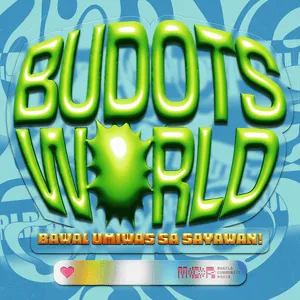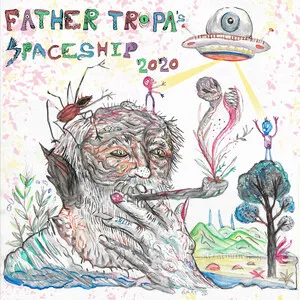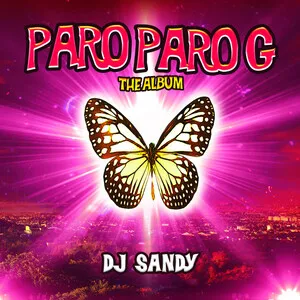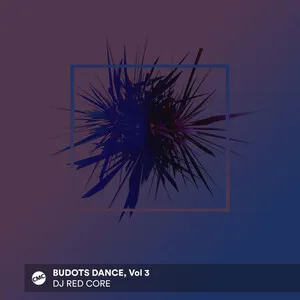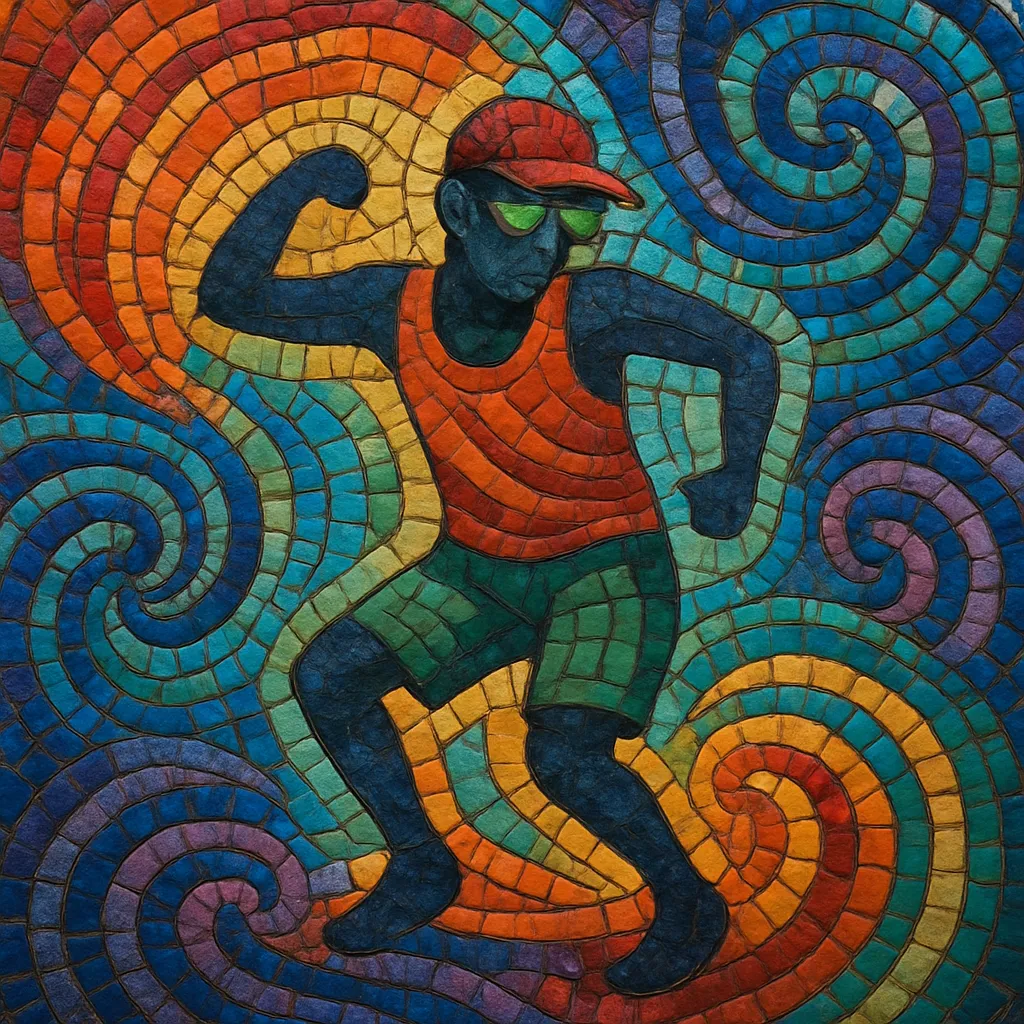
Budots is a grassroots Philippine electronic dance music style that emerged from Davao City, known for its hyper-simple, high-energy beats and playful, DIY sound. Tracks are typically built in home setups using basic DAWs like FL Studio, relying on punchy four-on-the-floor kicks, off‑beat claps, buzzy saw leads, and squelchy bass riffs.
The music is made to accompany the “budots” dance—loose, humorous freestyle moves popular at barangay (neighborhood) parties, street gatherings, and fiestas. Short vocal exclamations, whistles, sirens, and memes (often in Bisaya/Cebuano) are chopped into the mix, giving the music a street-level, celebratory feel.
Culturally, budots reflects a democratized, community-first approach to club music: it spreads through YouTube, Bluetooth sharing, mobile speakers, tricycles, and jeepneys rather than formal club circuits. Its charm lies in its unapologetically raw, catchy, and fun character.
Budots originated in Davao City, Philippines, in the late 2000s as a hyper-local, DIY form of dance music. It grew out of informal street parties and barangay events where affordable software (notably FL Studio) and pirated sample packs enabled bedroom producers to craft simple, punchy tracks. Sherwin Calumpang Vallejos (DJ Love) is frequently cited by local media and documentaries as a key early figure who helped codify the sound and popularize its accompanying dance.
From Davao, budots spread across Mindanao and the Visayas, carried by YouTube uploads, Bluetooth file sharing, and mobile sound systems. The music’s catchy loops, comical vocal chops, and “anyone-can-dance” vibe made it a natural fit for meme culture and compilation channels. As the dance went viral, the soundtrack—often labeled simply as “budots remix”—became ubiquitous at town fiestas, street corners, and school events.
By the late 2010s, budots had permeated national consciousness in the Philippines, appearing in television segments and political campaign ads, and drawing attention from journalists and filmmakers who documented the scene’s origins in Davao’s street culture. Despite its broader exposure, production remained decentralized and community-driven, with countless anonymous and semi-anonymous producers contributing tracks online.
Budots is now recognized as a distinct Filipino EDM microgenre: a folk-electronic form that blends local humor, accessible technology, and street-dance functionality. Its legacy lies less in chart systems and more in how it empowered communities to create and circulate dance music outside traditional industry structures.

%2C%20Cover%20art.webp)

